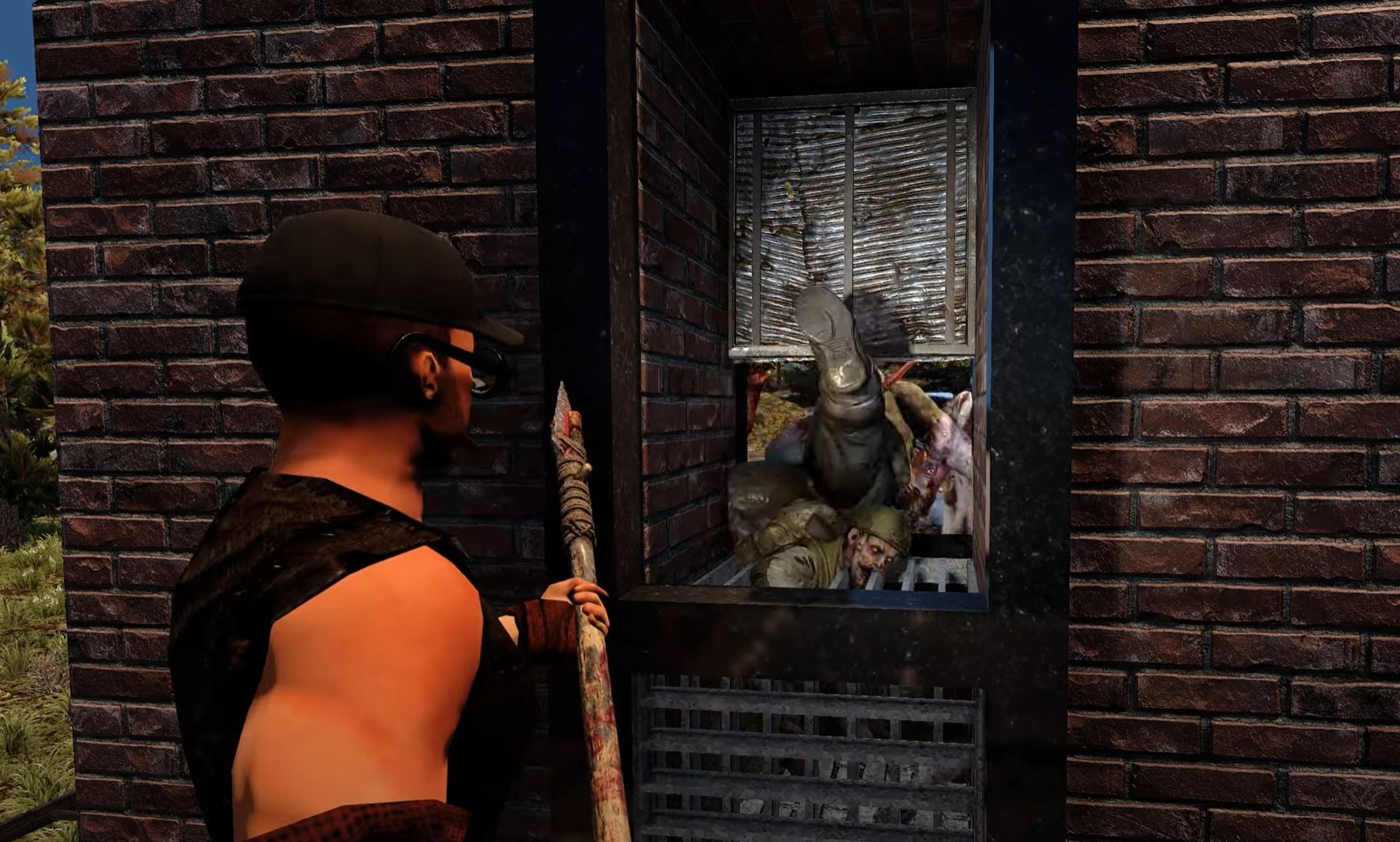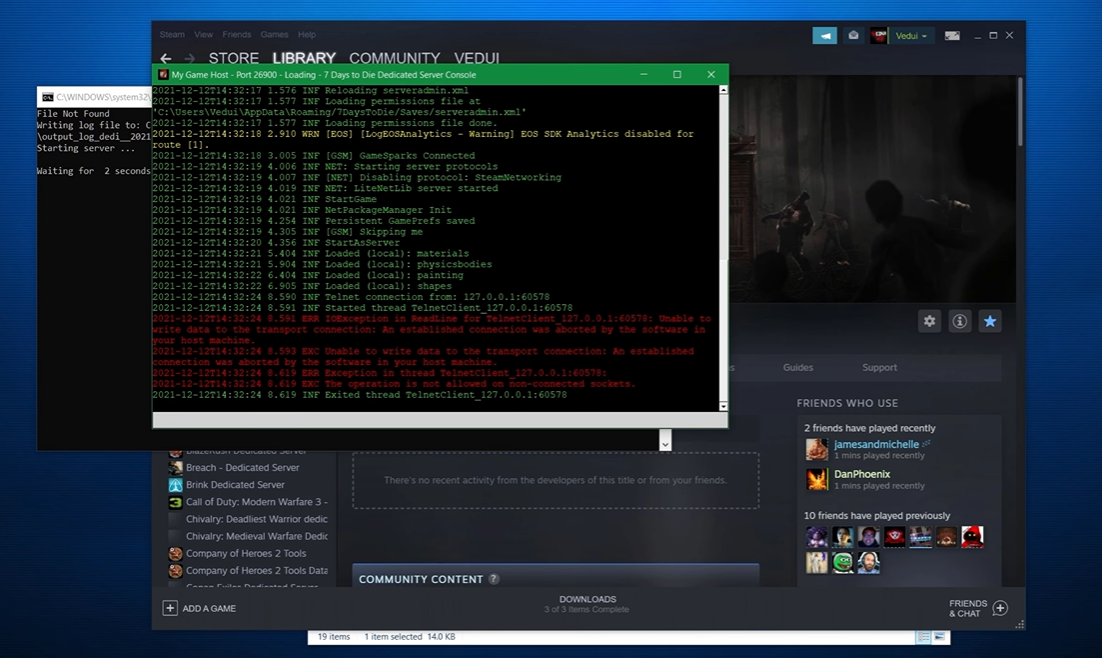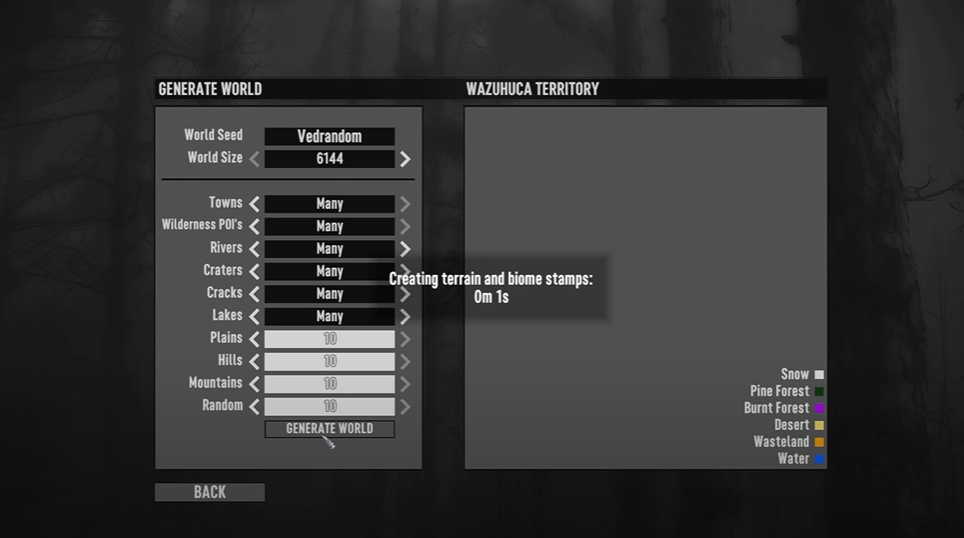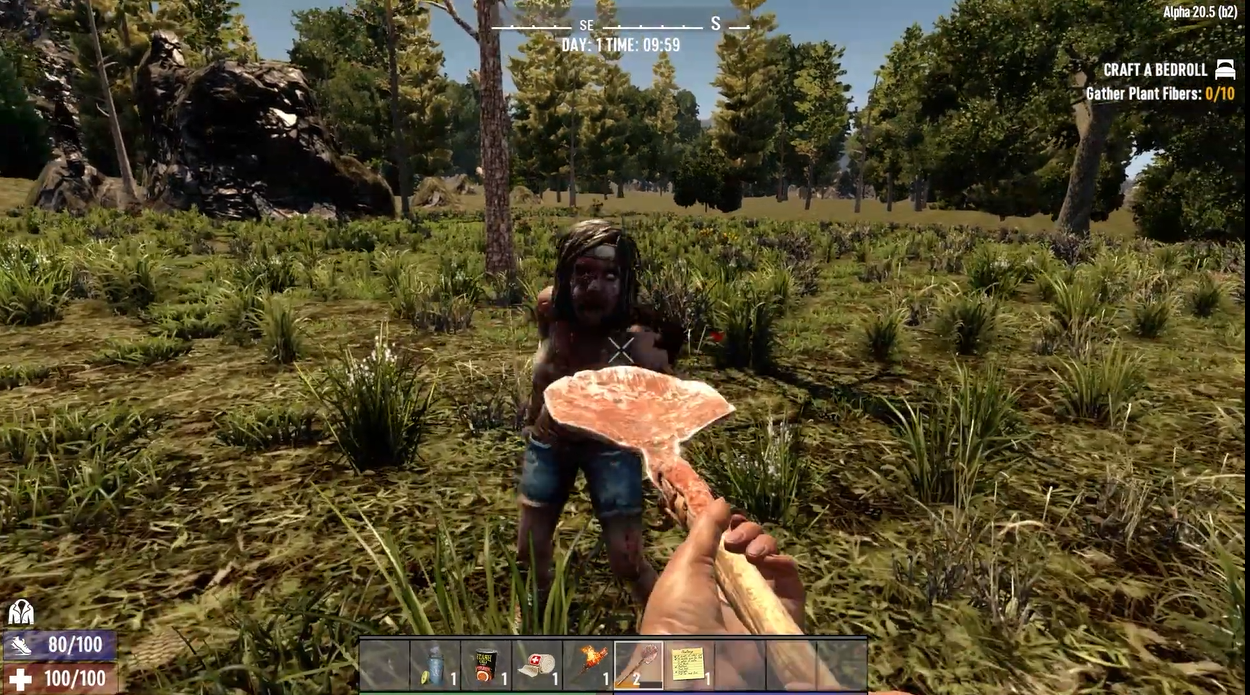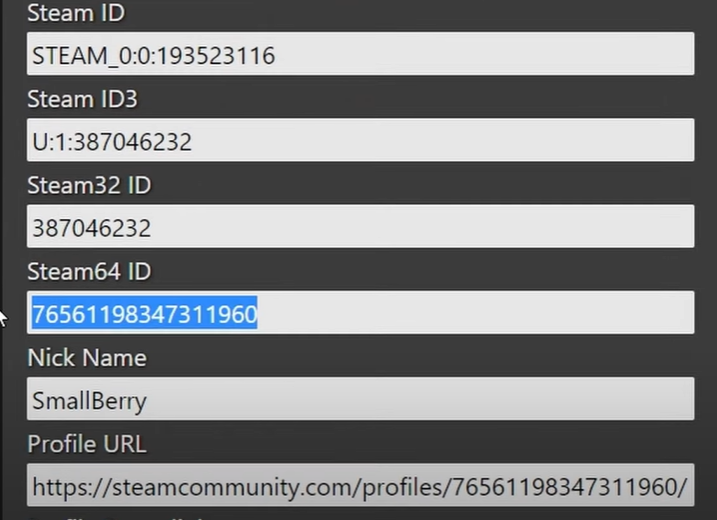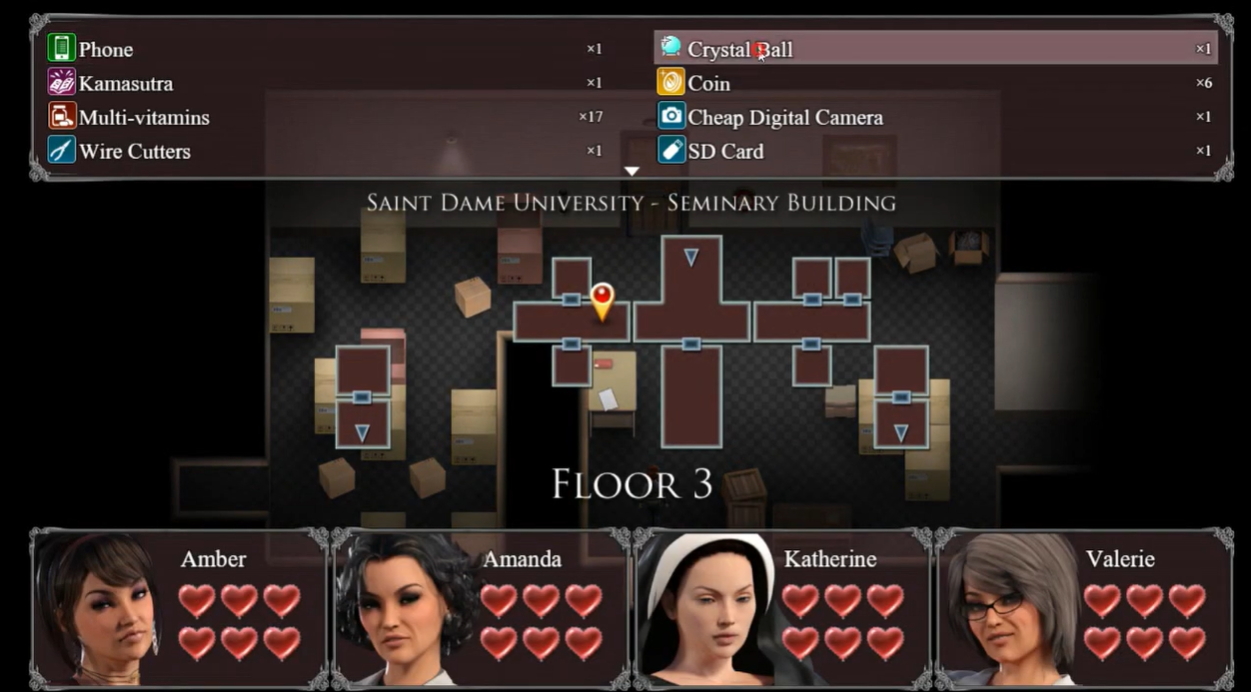Do you want to know how to spawn an entity in the 7 Days to Die game? The process can seem complicated as it is, but luckily, it is very easy to do.
In this guide, our gamers will tell you everything you need to know about spawning entities in 7 Days to Die. So what are you waiting for? Let’s get started with the following steps!
How to Spawn an Entity in the 7 Days to Die Game?
Each entity is sequentially and uniquely numbered. This number is known as Entity ID. To find each entity, open the console and type “se”.
This will bring up a list of all current entities. To spawn an entity, type “se 178 entity number,” where 178 is the player’s LPI (the player’s ID and 178 is an example ID). The entity will then spawn near the player, not at the cursor or directly in front of the player.
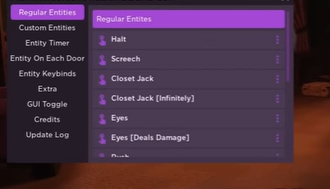
There are several versions of the same entity, which is why there are multiple photos of the same entity. Entities 7 and 8 appear identical, but Entity 7 can only walk whereas Entity 8 can run.
This is why there are multiple images of the same Entity. The Entity name does not correspond to the in-game name. Entities 1, 4, and 5 are all Infected Survivors, yet they are all different entities.
Some Entities, such as 74, 75, and 76, could not be obtained by spawning the entity itself.
Instead, 74 can be obtained by taking photographs of the survivor’s backpack. Meanwhile, 75 can be obtained by breaking a specific container while it still contained items. Lastly, 76 can be obtained by destroying the first level of a corpse while it still contained an item.
Entity Numbers 77 and 78 do not have a proper entity because they are both invisible [1] to us.

